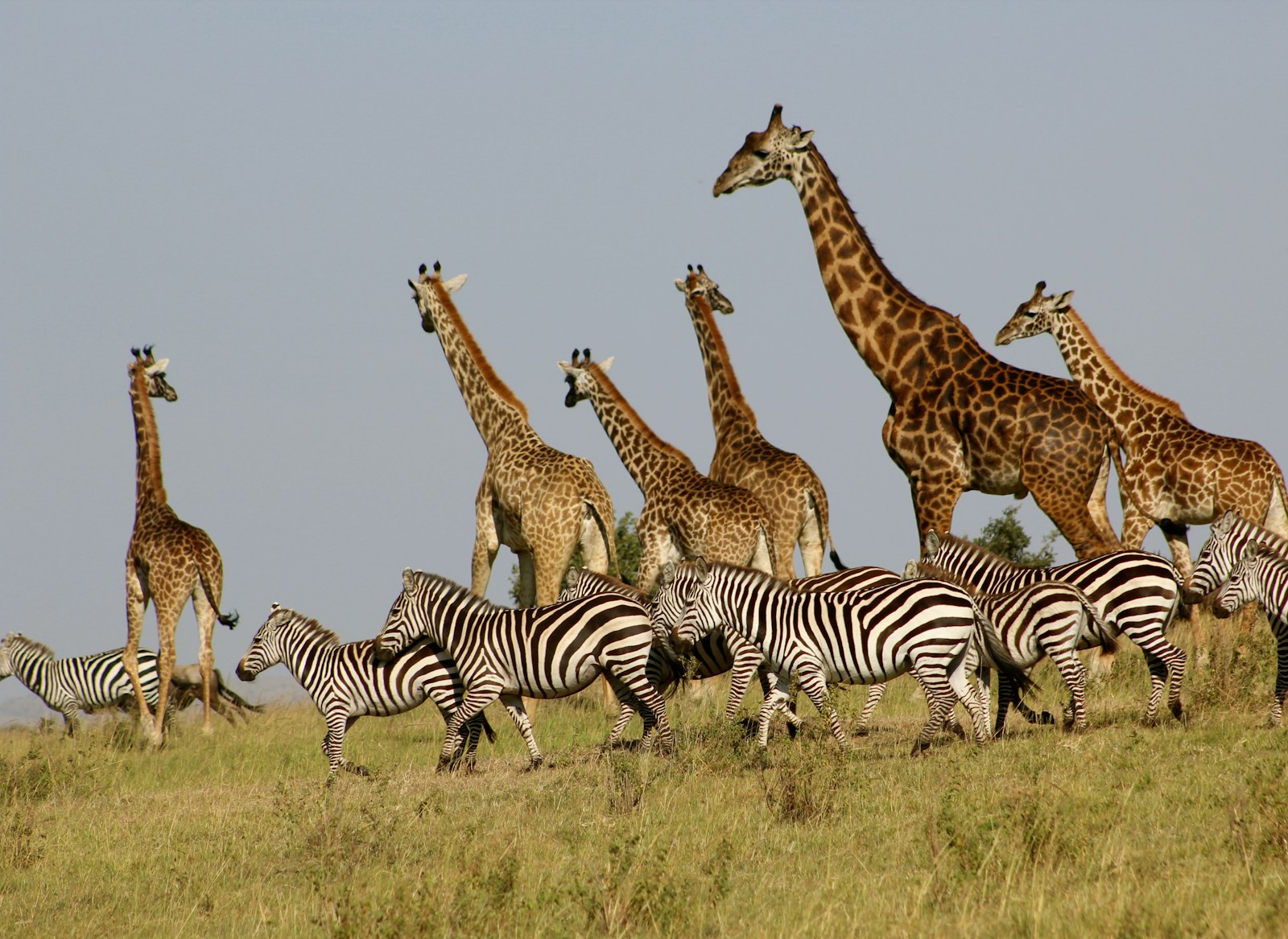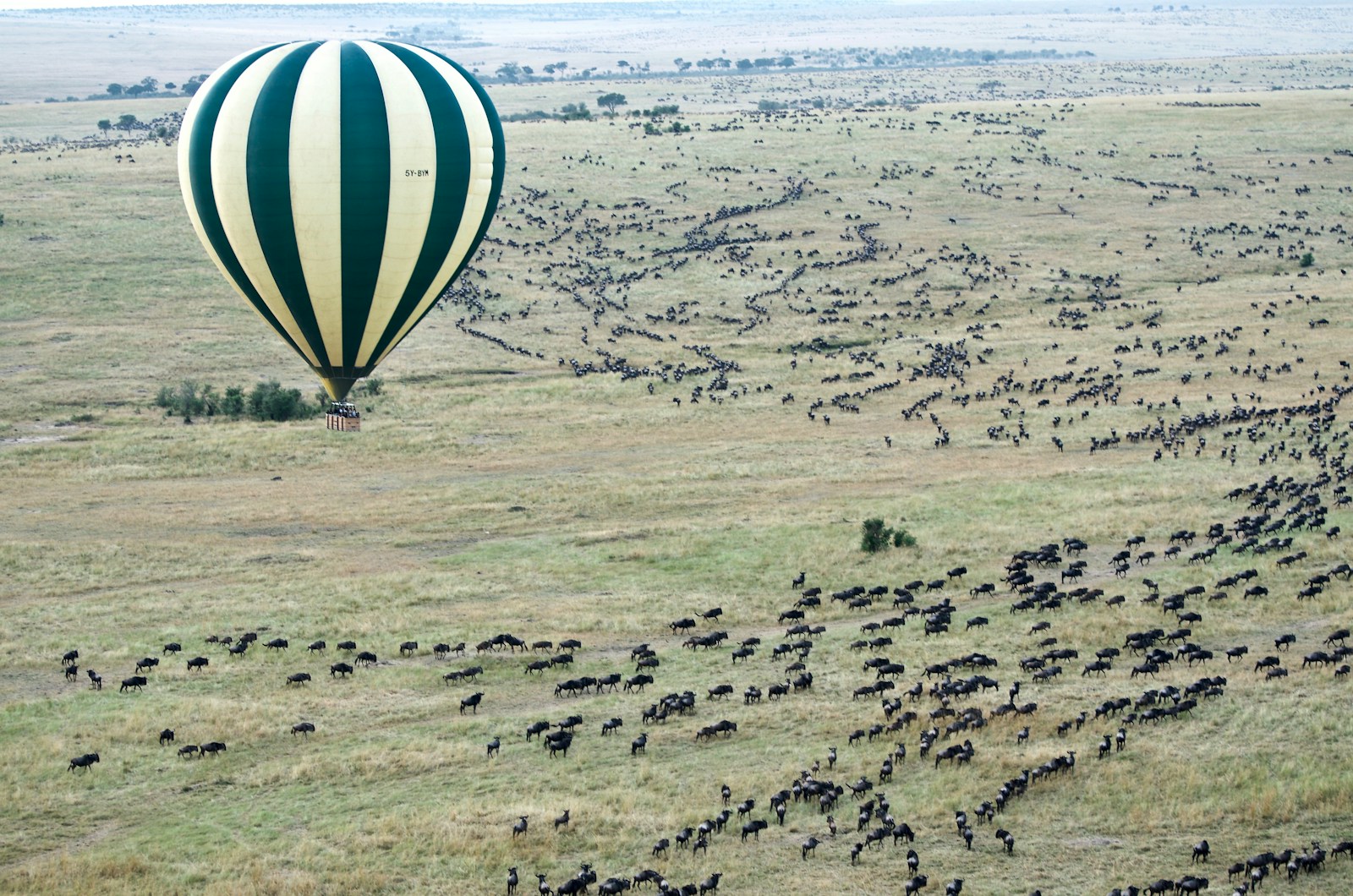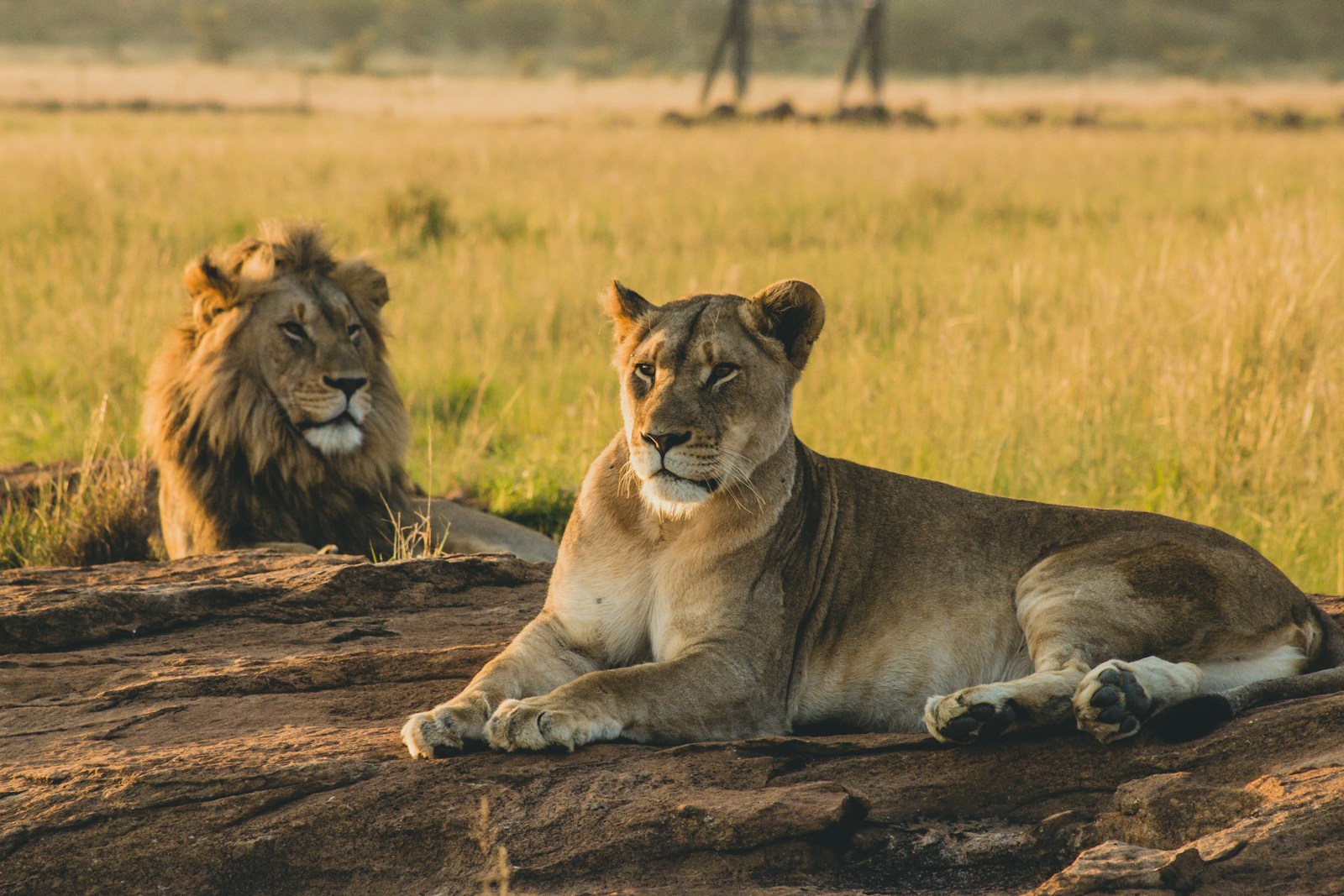
The Ultimate Guide to African Safaris
Welcome to the adventure of a lifetime! If you’ve ever dreamed of watching majestic lions bask in the golden savannah, witnessing the Great Migration in the Serengeti, or enjoying luxurious lodges surrounded by pristine wilderness, an African safari is calling your name. This ultimate guide will help you navigate the incredible world of African safaris—from the destinations and activities to the best times to visit and the type of safari that suits your style. Let’s embark on this journey together!

